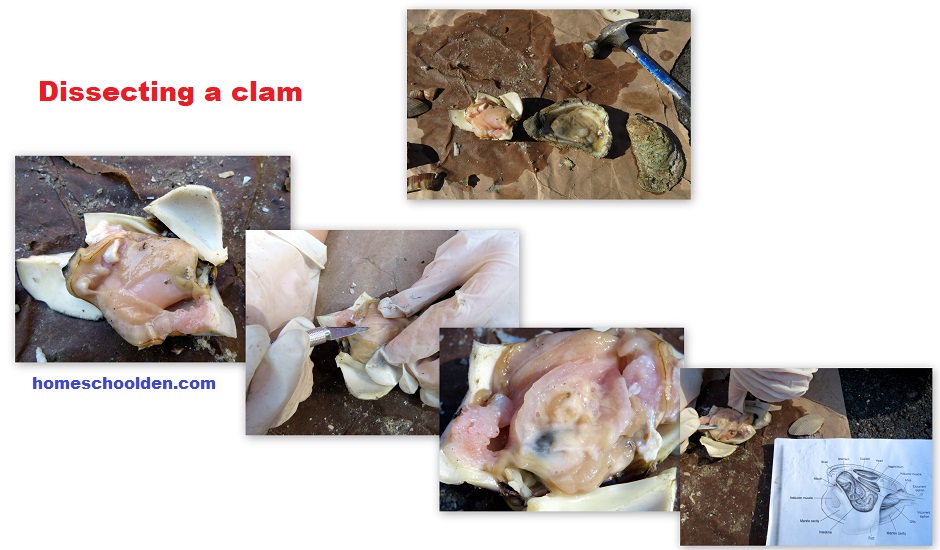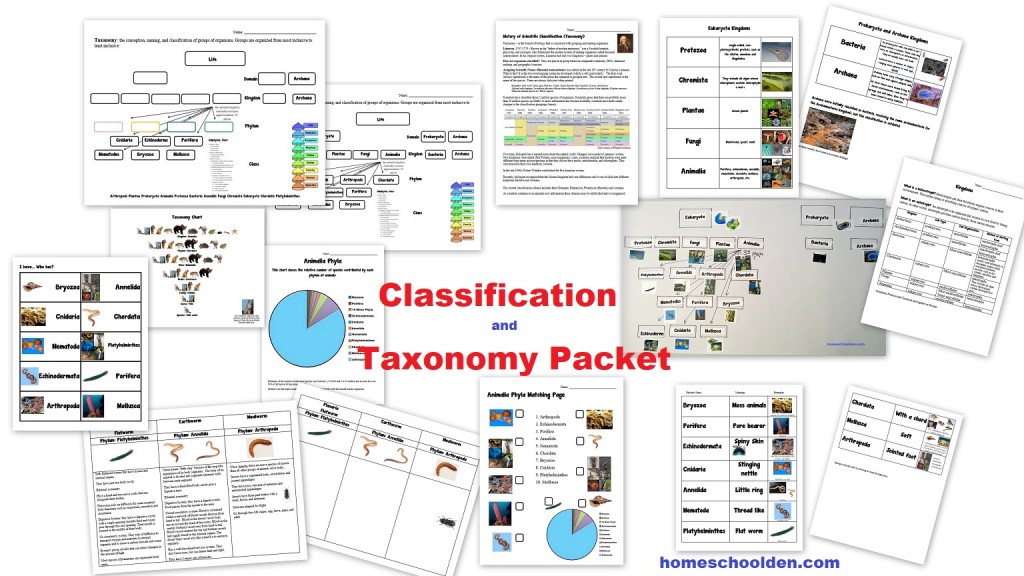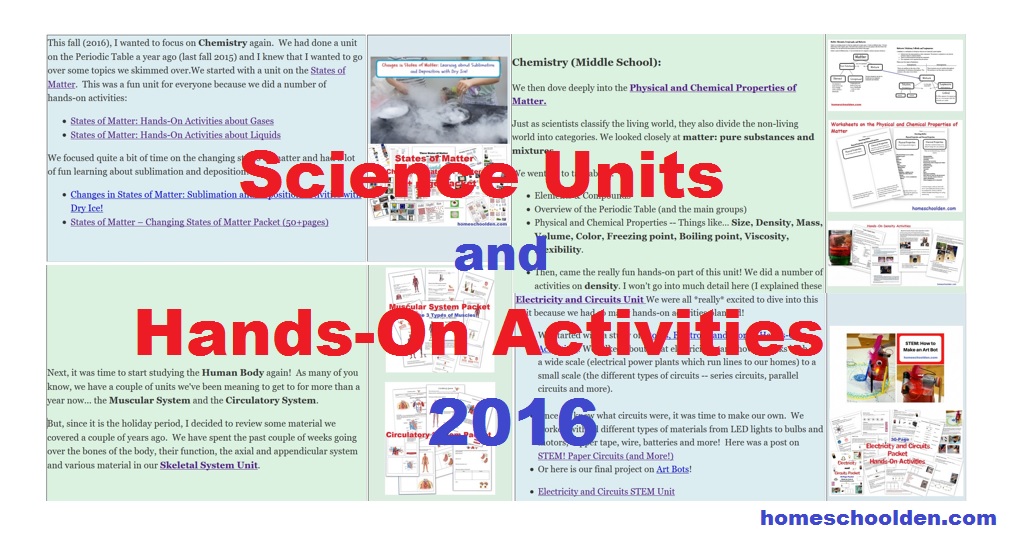Science Club Week 7 – Tectonic Plate Boundaries; Observation of Oysters, Clams & Crabs
This week when the kids arrived, they jumped in with our taxonomy unit. First, I challenged the kids to see if they could remember the 10 animal phyla we’ve been talking about this fall. Most of them got at least 8 or 9 (of the 10 groups we’ve been talking about).
As we waited for everyone to arrive, they took turns observing the “sea monkeys” that we had hatched a couple weeks before under the microscope. They drew what saw on the observation sheet in their science notebooks.
What are “Sea Monkeys”? They are a type of brine shrimp, called Artemia NYOS. Out in nature, they live in salt flats or salt lakes. When the water dries up they go into a state of suspended animation. They are in a protective cyst-like casing until water is added. This state is called cryptobiosis.
For us, it took almost two weeks before they were big enough to observe, but this Sea Monkey kit (affiliate link) worked out well for us!
They move around pretty quickly, so we had to move the petri dish around quite a bit. They are even easier to observe after three weeks. (You might want to keep that in mind!)
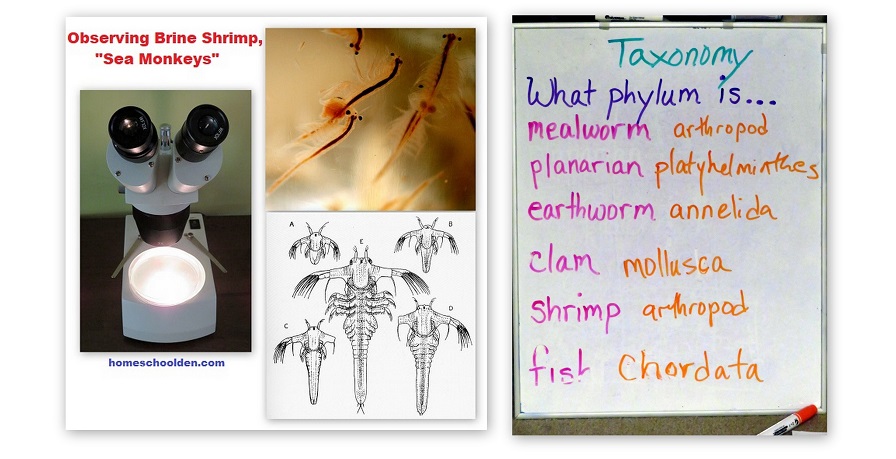
We did a quick review of the taxonomy chart (the groups raced to set it up),
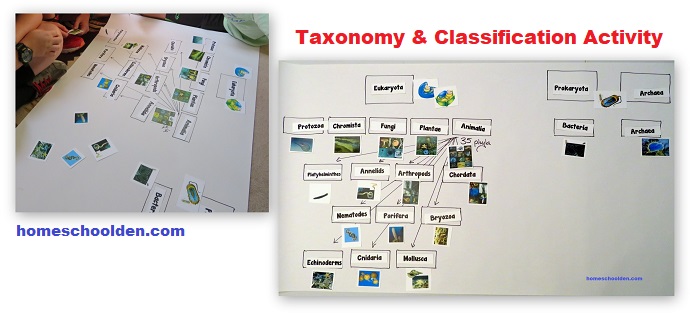

They worked in pairs and each pair got a clam and an oyster, a hammer and instructions to try to open it by tapping gently!
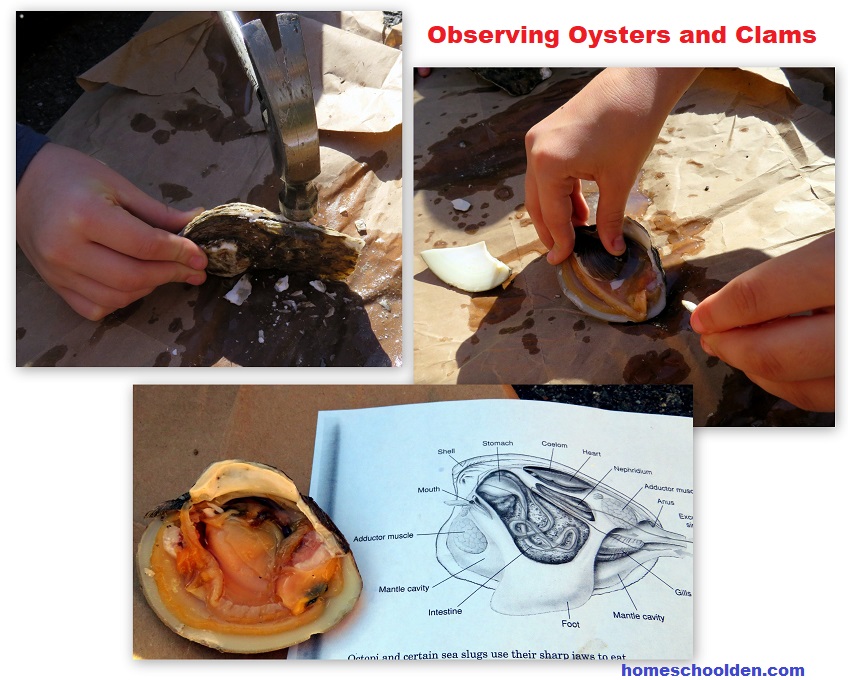
We came inside and spent a little bit of time talking about Earth Science again. (You can find out more about our Earth Science unit here.)
This week we talked about the three types of plate boundaries:
- Divergent Boundaries are plates that are moving away from one another
- Transform Boundaries are sliding past one another
- Convergent Boundaries are moving towards one another
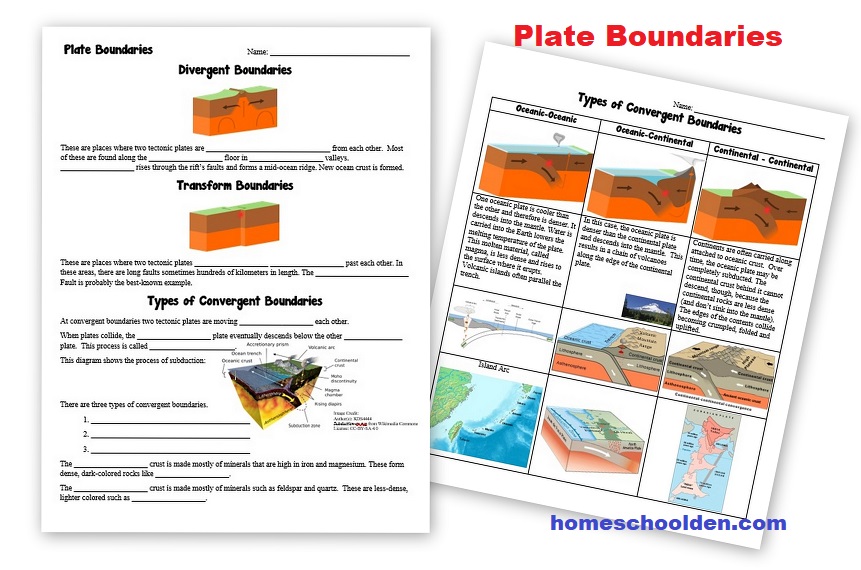
We didn’t talk about the different types of convergent boundaries because it was time to jump into our other biology activity:
I think the kids favorite part of the class was when we observed some live Blue Crabs! They really enjoyed that! I purchased them from a local crab and fish store:
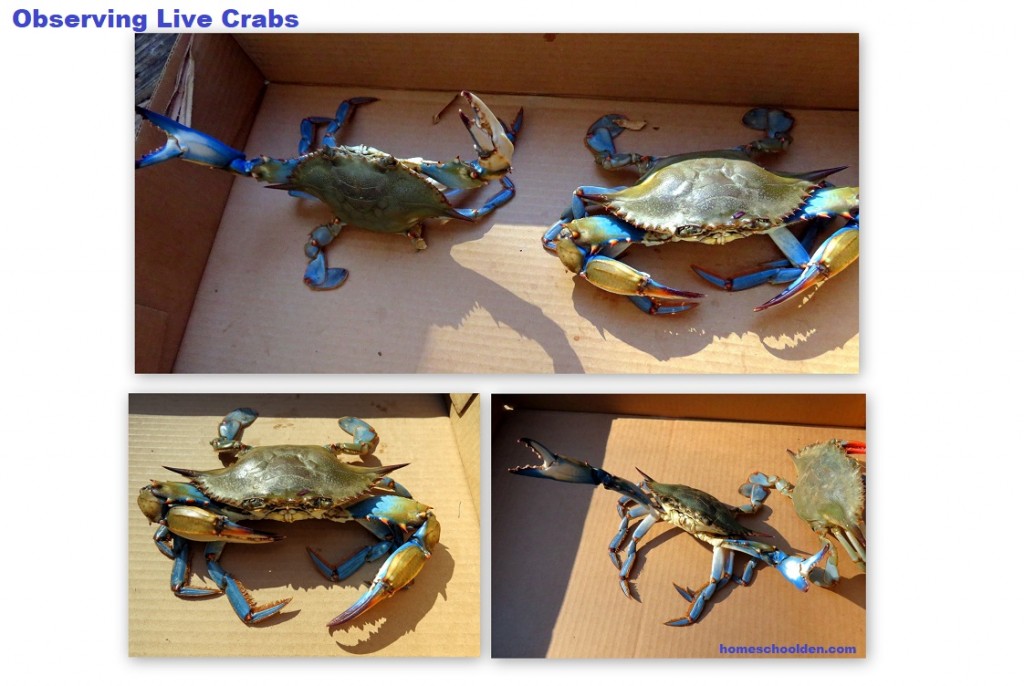
You can easily tell the male and female apart: the male has blue tipped claws, while the female’s claws are orange. Also, when you flip the crab over, the female is rounded and the male is pointed.
We also talked about of the parts of the crab.

’ll be sharing our Taxonomy & Classification Packet in November at some point.
See the other Science Club weeks here:
- Science Club Week 1: Characteristics of Good Scientists, Layers of the Earth
- Science Club Week 2: Plate tectonics, taxonomy, mealworms and flatworms
- Science Club Week 3: Taxonomy and Classification, Engineering Challenge
- Science Club Week 4: Understanding Convection Currents, Taxonomy, Engineering Challenge
- Science Club Week 5: Earthquake Vibrations, Platyhelminthes – Annelids (flatworms and earthworms)
- Science Club Week 6: Earthquake Waves (Body and Surface Waves);
- Science Club Week 7: Plate Boundaries, Observation and Dissection (Crabs – Clams/Oysters)
- Science Club Week 8: Convergent Boundaries, Observation and Dissection (Fish)
See you again soon here or over at our Homeschool Den Facebook Page! Don’t forget to Subscribe to our Homeschool Den Newsletter. You might also want to check out some of our resources pages above (such as our Science, Language Arts, or History Units Resource Pages) which have links to dozens of posts. You might want to join our free Homeschool Den Chat Facebook group. Don’t forget to check out Our Store as well.

Interested in checking out some of our other units?
Last year about this time, we did a fun, hands-on unit on Electricity and Circuits. The kids learned electrical current, how batteries work, the difference between amps and ohms, how to draw circuit diagrams, and built all kinds of fun circuits and gadgets!

In all, we all learned a LOT in our Circulatory System unit! (Even me!)
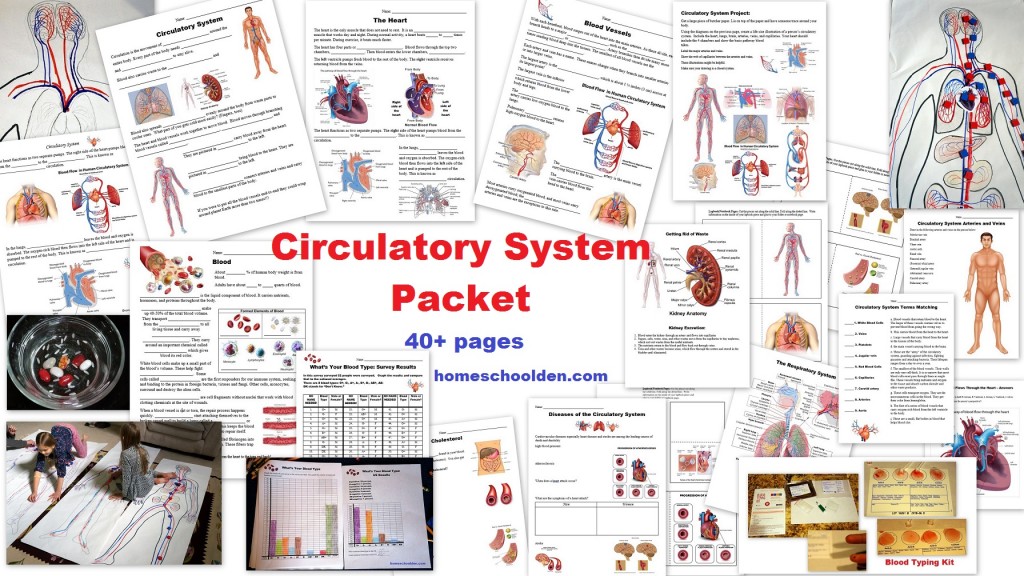
We talked about the diversity of species in that region, the Amazon river, deforestation, different animals and insects of the Amazon region. We then talked a lot about the different layers of the rainforest and talked about which animals dwell in each part.
If you are interested in some of the science units we’ve done over the past couple of years, you might enjoy looking through one of these posts:
Homeschool Science 2016 Year in Review
Science Year in Review 2016-2017 (Grades 8, 6, 3)
Disclosure: Please note that some of the links in this post are affiliate links, and at no additional cost to you, I will earn a commission if you decide to make a purchase.
